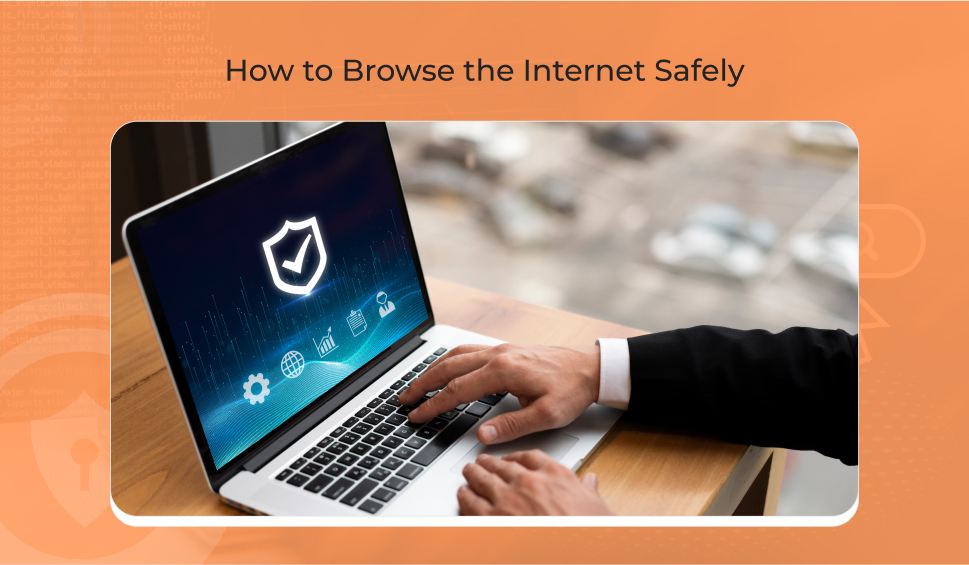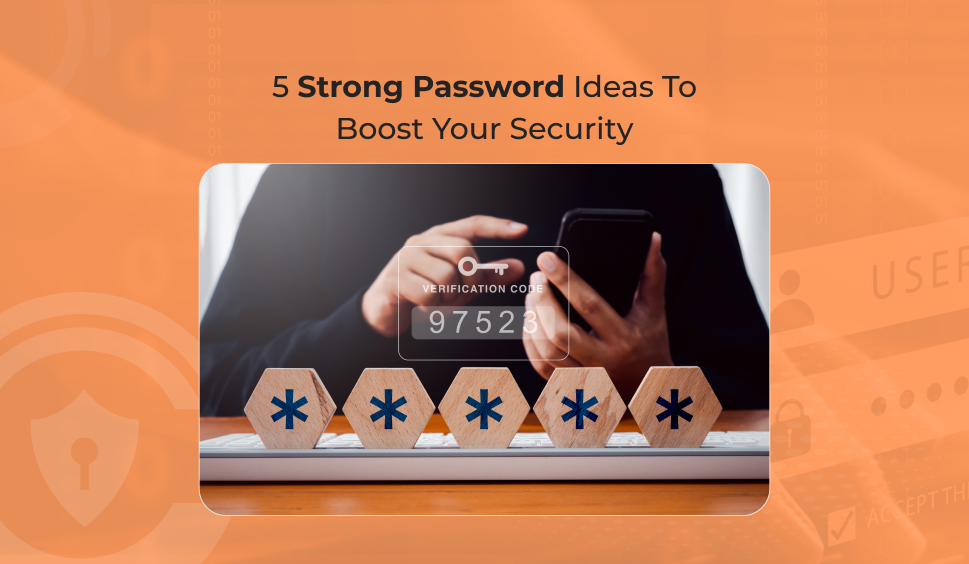
Steps to Take if Your Password is Exposed in a Data Breach
Data breaches are becoming more common across industries, with the average global cost of data breaches reaching $4.88 million in 2024, a 10% increase from 2023, according to EMBROKER and IBM’s report.Both MSPs and their clients are vulnerable, with poor password hygiene being a key factor in cyberattacks.
Every time you create an online account, you trust companies to keep your personal details secure. While external security factors are out of our control, we can strengthen our own security with better password practices. It’s also crucial to know how to respond if your credentials are exposed in a breach.
If you’re alerted that your login credentials were compromised, change your password immediately. Hackers often take time to sell stolen data, and there’s typically a delay before they use it, giving you time to act.
This blog post will guide you on the steps to take during a data breach. Keep reading!
Why Does Data Breach Occurs?
You must be thinking, Why do data breaches occur? It occurs because your stolen passwords possibly reveal your personal information and work accounts, making them extremely beneficial on the black market. Due to so many people being careless regarding their passwords, and even login data from everyday websites can provide hackers a direct path into more crucial accounts. Hackers usually begin by testing your known password and its variations across your accounts using automated software. This practice is so effective that exploiting weak passwords has become the most common process of cyberattacks by a considerable margin. According to ID Agent, more than 80% of data breaches occur due to poor password security.
How to Respond When a Password is Leaked in a Data Breach?
As mentioned, time can be on your side, but only if the compromise is exposed early. The longer stolen data remains on the dark web, the higher the possibility of it being used. Data breaches could go overlooked for months, providing hackers plenty of time to exploit stolen passwords before anyone recognizes them.
While swift action is key, retaining good hygiene before a breach is likewise significant. Stay with us as we discuss this further in the response steps.
-
Update the Password Quickly
As soon as you learn that your credentials might be stolen, act fast. Hackers can use software to test your stolen login across many websites and apps. If you’ve reused the password elsewhere, it’ll be one of their first targets. Experts recommend using complex, unique passwords for each account, which can be easily managed with password tools that generate strong passwords for you.
-
Act Quickly and Communicate During a Data Breach
If you’re notified of a breach, consider it seriously and follow the guidance offered, such as changing your password. Even if the breach doesn’t seem to impact your high-priority accounts, compromised passwords can result in broader damage. For organizations, make sure that employees reset passwords, particularly if the breach includes work-related credentials. Avoid the reuse of old passwords to secure internal systems.
-
Implement a Password Manager
A password manager is key for robust password hygiene and safety. Tools such as Password Boss automatically create complex, unique passwords for every account, making them challenging to hack. For organizations, requiring staff to employ password managers ensures personal and work passwords vary, decreasing risks. Employees can also secure personal accounts with a similar tool.
-
Allow Two-Factor Authentication (2FA)
Experts strongly suggest enabling 2FA wherever possible, which includes an additional layer of security, making it exceptionally challenging for hackers to access your account, even if they have your password. Normally, 2FA sends a one-time code to your phone, requesting additional verification to log in, which helps ensure the safety of your account.
-
Avoid Reusing or Tweaking Compromised Passwords
Avoid modifying an existing password with minimal changes and thus create entirely new passwords. Cybercriminals can effortlessly crack passwords that are only slightly changed from their past versions. Never reuse or cycle through old passwords, as attackers usually target these known deviations.
-
Freeze Your Credit
As a preventative measure, you should consider freezing your credit if there is any possibility of foul play. Simply contact each of the three credit bureaus (Experian, Equifax, and TransUnion) and request to freeze your credit to stop opening new credit accounts in your name. You can reverse this request at any time, and freezing your credit does not cost anything. This safety precaution also stops you from requesting new credit. As data breaches become more common, password managers effectively secure sensitive data for both individuals and organizations.
Conclusion
Due to the rise in data breaches, it’s important to quickly and effectively secure your personal as well as professional information. The risk of cyberattacks could significantly be reduced and your online accounts could also be secured by following best practices, which include using a password manager, changing your password right away, and enabling two-factor authentication. Additionally, being cautious and keeping your details safe is crucial, which requires being ready with the right tools and strategies.
Why Use Credentius?
Credentius is a multipurpose password manager designed to keep your online activities easier and more secure. Credentius provides a simple and secure method for managing and storing passwords on multiple devices, whether for individual or business use. Credentius’s features, which include secure vaults, quick access, and password generation, boost security while simplifying password management. Trust Credentius for your online security, chosen by both individuals and businesses.

 Let's Discuss Your Tech Solutions
Let's Discuss Your Tech Solutions 





